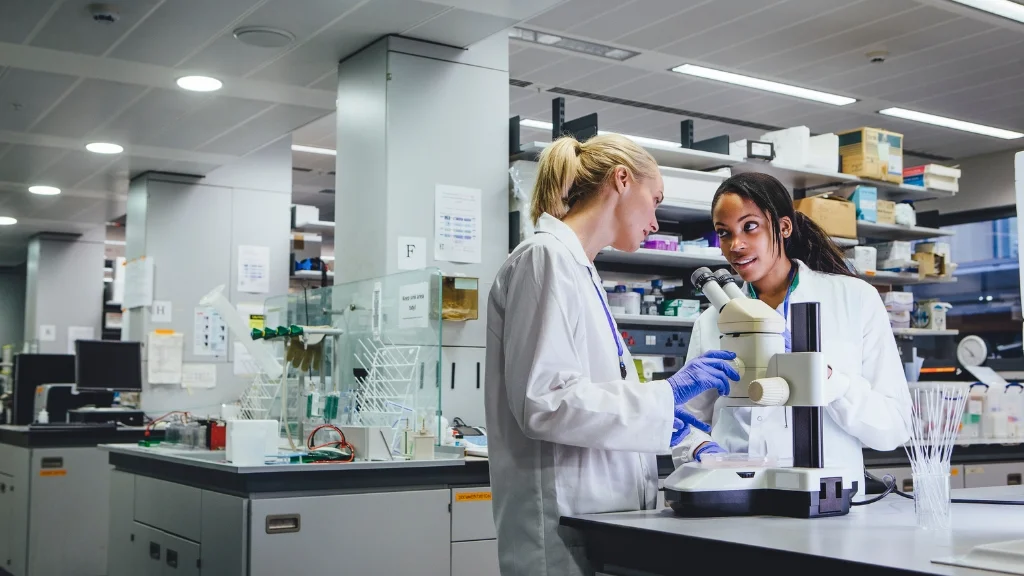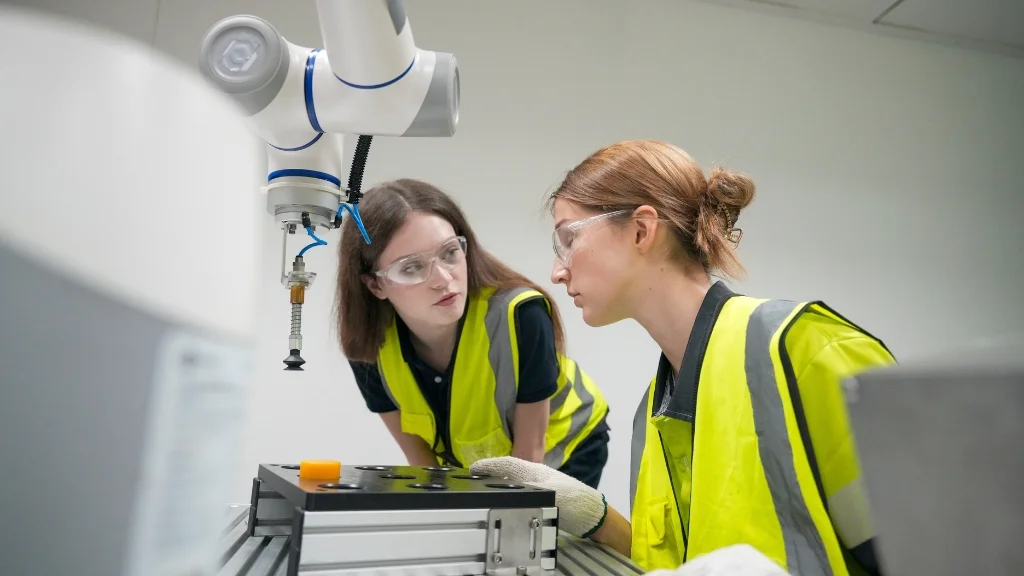
In the ever-evolving world of beauty and cosmetics, research and development (R&D) plays a vital role in shaping the future of skincare. The growing demand for effective, safe, and innovative products has pushed skincare brands to invest heavily in scientific research, ingredient testing, and technological advancements. From the earliest formulations of natural oils to the most advanced bioactive serums, R&D remains at the heart of every skincare innovation.
1. Understanding the Importance of Research and Development in Skincare
The skincare industry has moved far beyond traditional creams and lotions. Today’s consumers seek solutions backed by science—products that promise real results based on clinical testing and dermatological research. This is where research and development comes into play.
R&D is the foundation of modern product formulation, involving scientific analysis of ingredients, testing for safety and efficacy, and designing new delivery systems to enhance skin absorption. By continuously exploring how the skin reacts to different compounds and formulations, R&D teams create products that not only meet customer expectations but also set new benchmarks for quality and performance.
2. The Process of Developing Advanced Skincare Formulations
Creating an advanced skincare product is not a simple process. It requires years of meticulous research, laboratory testing, and collaboration among dermatologists, chemists, and biologists. Below are the key stages involved in the R&D journey for skincare products.
a. Ingredient Research and Selection
The first step in any product formulation is identifying the right ingredients. R&D teams analyze natural extracts, peptides, antioxidants, and active compounds to determine their potential skin benefits. For example, ingredients like niacinamide, hyaluronic acid, and retinol undergo extensive dermatological testing to evaluate their performance under various conditions.
Scientists also explore sustainable and clean alternatives, aligning with new cosmetic trends focused on eco-friendly and cruelty-free solutions. Every ingredient must meet strict safety standards before moving forward in the formulation process.
b. Formulation and Stability Testing
Once the ingredients are selected, formulation experts work to develop a balanced product that maintains stability and effectiveness over time. During this phase, factors like pH levels, viscosity, fragrance, and color are adjusted to create an appealing and functional product.
Stability testing ensures that the formula maintains its integrity throughout its shelf life. The research and development team examines how the product responds to temperature changes, light exposure, and packaging materials, ensuring consistent performance from the first use to the last.
c. Dermatological and Clinical Testing
Before any skincare product reaches the market, it must undergo rigorous dermatological testing. This step ensures that the formulation is safe for all skin types, including sensitive skin. Clinical studies are conducted to assess the product’s claims—such as reducing wrinkles, brightening skin tone, or improving hydration levels.
These tests not only verify product safety but also enhance consumer trust. Transparency in R&D-backed testing gives brands a competitive edge in a crowded skincare market.
3. How R&D Drives Skincare Innovation
Innovation is the lifeblood of the skincare industry. As technology and scientific understanding advance, research and development teams continue to discover new ways to enhance skin health and appearance. This has led to groundbreaking trends such as:
a. Biotechnology in Skincare
Modern skincare innovation now includes the use of biotechnology—using living organisms and enzymes to create active ingredients. Biotech-derived peptides and growth factors can mimic natural skin functions, promoting regeneration and anti-aging benefits. These advancements are possible only through dedicated R&D efforts that merge biology and chemistry.
b. Smart Delivery Systems
Another major leap in product formulation is the development of smart delivery systems. Through nanotechnology and encapsulation methods, active ingredients can now penetrate deeper into the skin layers, providing faster and more targeted results. This ensures that products are not only effective on the surface but work at a cellular level.
c. Sustainable and Clean Beauty Formulations
Sustainability has become a key focus in new cosmetic trends. R&D teams are developing eco-conscious packaging, biodegradable ingredients, and formulations free from harmful chemicals such as parabens and sulfates. This shift toward clean beauty reflects the growing consumer demand for ethical and environmentally responsible products.
4. The Role of Dermatological Testing in Product Credibility
One of the most critical aspects of skincare R&D is dermatological testing. It bridges the gap between laboratory innovation and real-world application. Dermatologists assess the effects of formulations on human skin under controlled conditions, measuring hydration levels, texture improvements, and potential irritation.
Products labeled as “dermatologically tested” carry higher consumer trust because they are backed by scientific validation. This credibility allows brands to confidently market their products while ensuring user safety and satisfaction.
5. Adapting to New Cosmetic Trends Through Continuous R&D
The beauty industry evolves rapidly, with new cosmetic trends emerging every year. From anti-pollution serums to probiotic skincare and personalized beauty regimes, staying ahead requires continuous research.
a. Personalized Skincare Solutions
One of the most exciting innovations driven by R&D is personalized skincare. Using AI technology, DNA analysis, and skin profiling, brands can now design custom formulations tailored to individual skin types and concerns. This level of personalization is made possible by data-driven research and development strategies.
b. Multifunctional Products
Consumers today prefer multitasking products that save time without compromising quality. R&D enables the creation of hybrid formulations—like tinted moisturizers with SPF or anti-aging creams with brightening properties—offering convenience with scientific performance.
c. Natural and Organic Alternatives
As consumers become more ingredient-conscious, skincare innovation has shifted toward natural and organic formulations. R&D plays a key role in verifying the effectiveness of plant-based ingredients and ensuring they meet safety and stability standards comparable to synthetic compounds.
6. The Business Impact of Strong Research and Development
For skincare brands, investing in research and development is not just about science—it’s also a strategic business move. Products backed by credible R&D gain more trust, achieve higher market value, and strengthen brand reputation.
R&D-driven companies are better positioned to respond to market trends, comply with international regulations, and reduce the risk of product recalls or customer dissatisfaction. Moreover, continuous innovation ensures a sustainable competitive advantage in the rapidly growing global skincare industry.
7. Future of Skincare: Science, Innovation, and Sustainability
The future of skincare lies at the intersection of scientific innovation and sustainability. As research and development continues to evolve, the next generation of skincare products will be smarter, cleaner, and more personalized than ever before.
Artificial intelligence, machine learning, and biotechnology will play integral roles in product formulation, allowing scientists to predict ingredient interactions and skin responses even before physical testing begins. This not only accelerates innovation but also minimizes waste and environmental impact.
Conclusion
In conclusion, research and development serve as the cornerstone of the skincare industry’s progress. From ingredient discovery to dermatological testing and adapting to new cosmetic trends, R&D ensures that every product reaching consumers is effective, safe, and innovative. The fusion of science and creativity in skincare innovation continues to redefine beauty standards, proving that true skincare excellence begins in the laboratory.

